The Photochemistry of Photoswitches: Challenges and Progress at the Experimental–Quantum Chemistry Interface
- Speaker:
-
Time:
11:30 - 12:00
-
Abstract
Carolin Müller
Friedrich-Alexander-University Erlangen-Nürnberg
Photoswitches are fascinating molecules that can convert light into mechanical energy, allowing them to reversibly change their structure upon light absorption. This remarkable property makes them essential for various applications, such as proton pumping, vision, and superresolution microscopy. One major challenge in this field is improving the ability to control these switches using visible light instead of damaging UV radiation. To address this, research efforts have focused on extending the chromophores of photoswitches to shift their absorption from UV to near-infrared [1,2]. While there are promising design strategies for modifying absorption maxima through chromophore extensions, predicting their impact on photoinduced dynamics remains difficult. Moreover, the ultrafast nature of light-induced processes complicates the resolution of electronically excited states at an atomic level, often leading to speculative structure-property relationships based on experimental data. This is where quantum chemistry plays a crucial role. When combined with non-adiabatic molecular dynamics (NAMD) simulations, it offers unparalleled insights into the time-dependent evolution of excited states.
In this talk, I will present a comprehensive characterization of the photochemistry of a series of photoswitches, bridging the gap between time-resolved spectroscopies and quantum chemistry. We will examine examples ranging from small UV-absorbing model systems to larger switches absorbing in the near-infrared region. While experimental methods can study molecular photoswitches of all sizes similarly, computational approaches face significant challenges: the practical use of NAMD simulations is constrained by the high computational cost of quantum chemical methods, often requiring reliance on static explorations. As a result, relaxation mechanisms may be overlooked, and the timescales and quantum yields of processes may remain inaccessible. Nevertheless, I will demonstrate that even this static computational approach can yield valuable insights, linking theory with time-resolved spectroscopy.
[1] C. Petermayer, S. Thumser, F. Kink, P. Mayer, H. Dube „Hemiindigo – Highly Bistable Photoswitching at the Biooptical Window“ J. Am. Chem. Soc. 2017, 139, 15060-15067.
[2] L. Köttner, E. Ciekalski, H. Dube „Peri-Anthracenethioindigo: a Scaffold for Efficient All-Red-Light and Near-Infrared Molecular Photoswitching“ Angew. Chem. Int. Ed. 2023, 62, e202312955

